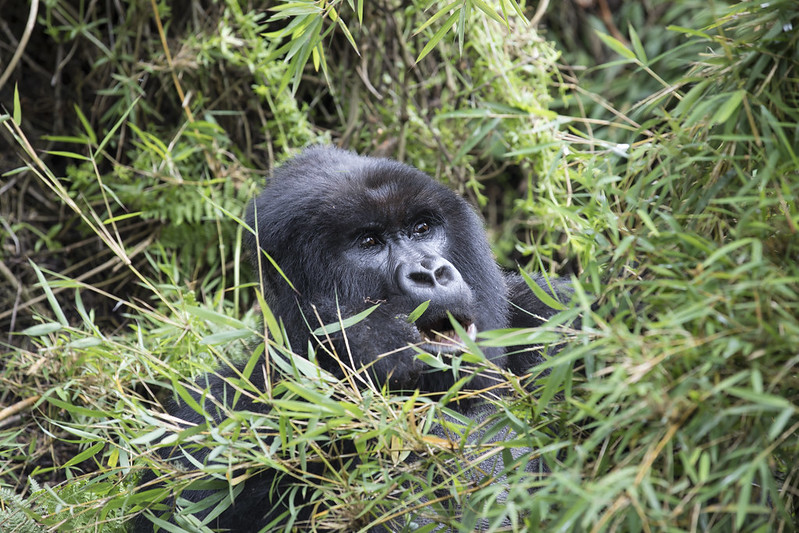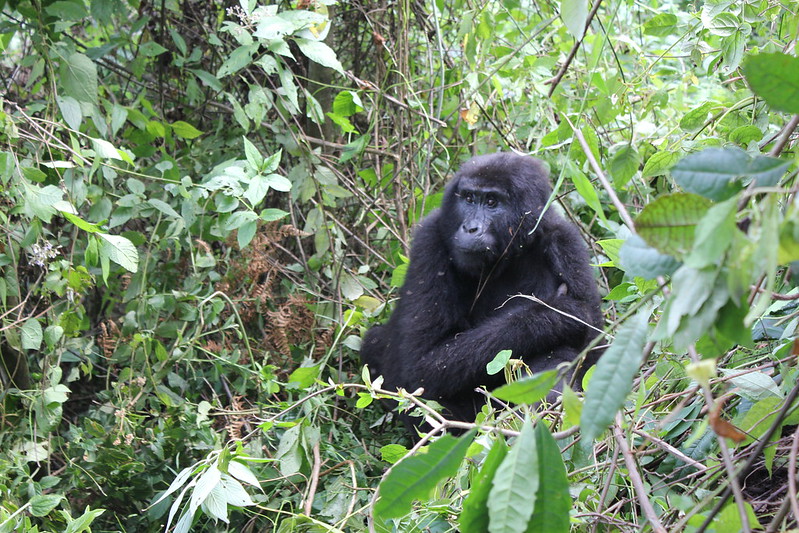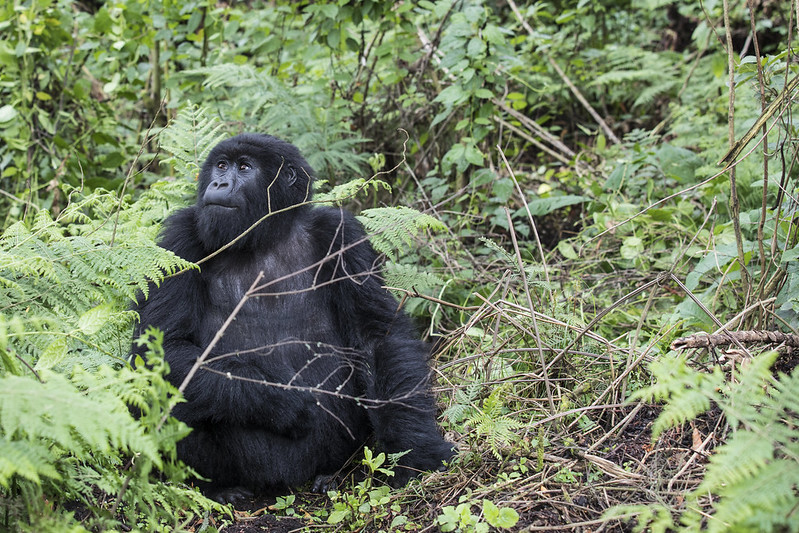
Have the rules for mountain gorilla trekking in Uganda changed?
Have the rules for mountain gorilla trekking in Uganda changed?
Has Uganda altered its mountain gorilla hiking regulations? No, there has been no alteration to the regulations governing mountain gorilla trekking in Uganda. These guidelines remain unchanged and must be adhered to by anyone planning to trek mountain gorillas in Uganda, either in Mgahinga National Park or Bwindi National Park.
The following are only a few of Uganda’s mountain gorilla regulations:
To keep the mountain gorillas safe and healthy for many years to come, no one will be permitted to trek the gorillas when they are ill or suffering from a communicable disease. This is because mountain gorilla trekking is about the protection of the gorillas and is more for the gorillas than for humans. This is to keep the sickness from infecting the gorillas.
Since gorillas and humans share almost 90% of their DNA, they are more likely to contract certain illnesses, and since they are not humans, they can quickly pass away from them once they do. The already fragile gorilla population is reduced when a gorilla dies.
To trek these gorillas, all hikers should have a trekking permit. We kindly request your support in order for you to witness the mountain gorillas, as the park and relevant managements rely on the selling of trekking permits to fund their conservation efforts. Importantly, you will not be permitted to trek without a trekking permit, so get one in advance and bring it with you on the day of the walk along with your passport. In Uganda, permits to trek with mountain gorillas cost $800 USD.
Since mountain gorilla trekking is done in groups of eight, make sure you stick with the group you are assigned to for the duration of the walk.
For your own protection as well as to adhere to the proper gorilla trekking requirements, follow the trekking ranger’s instructions while on the trip.
There is a one-hour limit on the amount of time you may spend with the gorillas; please adhere to it.
Since you spend the majority of your time trekking, please treat the forest with respect and leave it in its original state. Remember that this is the gorilla habitat, so don’t do anything that could ruin it.
Maintain a 7-meter gap between you and the gorillas when you’re around them.
The gorillas may become agitated if you touch them at any time.
Avoid coughing or squeezing in front of the gorillas since this could unintentionally expose them to viruses.
You risk spreading something to the gorillas if you feed them, so avoid eating in front of them. As with drinking and smoking, avoid doing so in front of the gorillas.
Avoid using flash photos since it makes the gorillas go crazy.
Avoid making noises or shouting when trekking, but especially while the gorillas are around. Noises can aggravate and make gorillas hostile when you are near them. If you hear any strange noises while trekking, the gorillas may perceive it as a threat and flee away, making it more difficult to spot them, or they may hide and you will be able to find them.
Has Uganda altered its mountain gorilla hiking regulations?
Avoid looking into a gorilla’s eyes and try to remain as motionless and composed as possible if it is displaying aggressive energy and wants to attack you.
Above all, to prevent any mishaps, abide by the rules and instructions that your tour operator and the hiking ranger have imparted to you.


